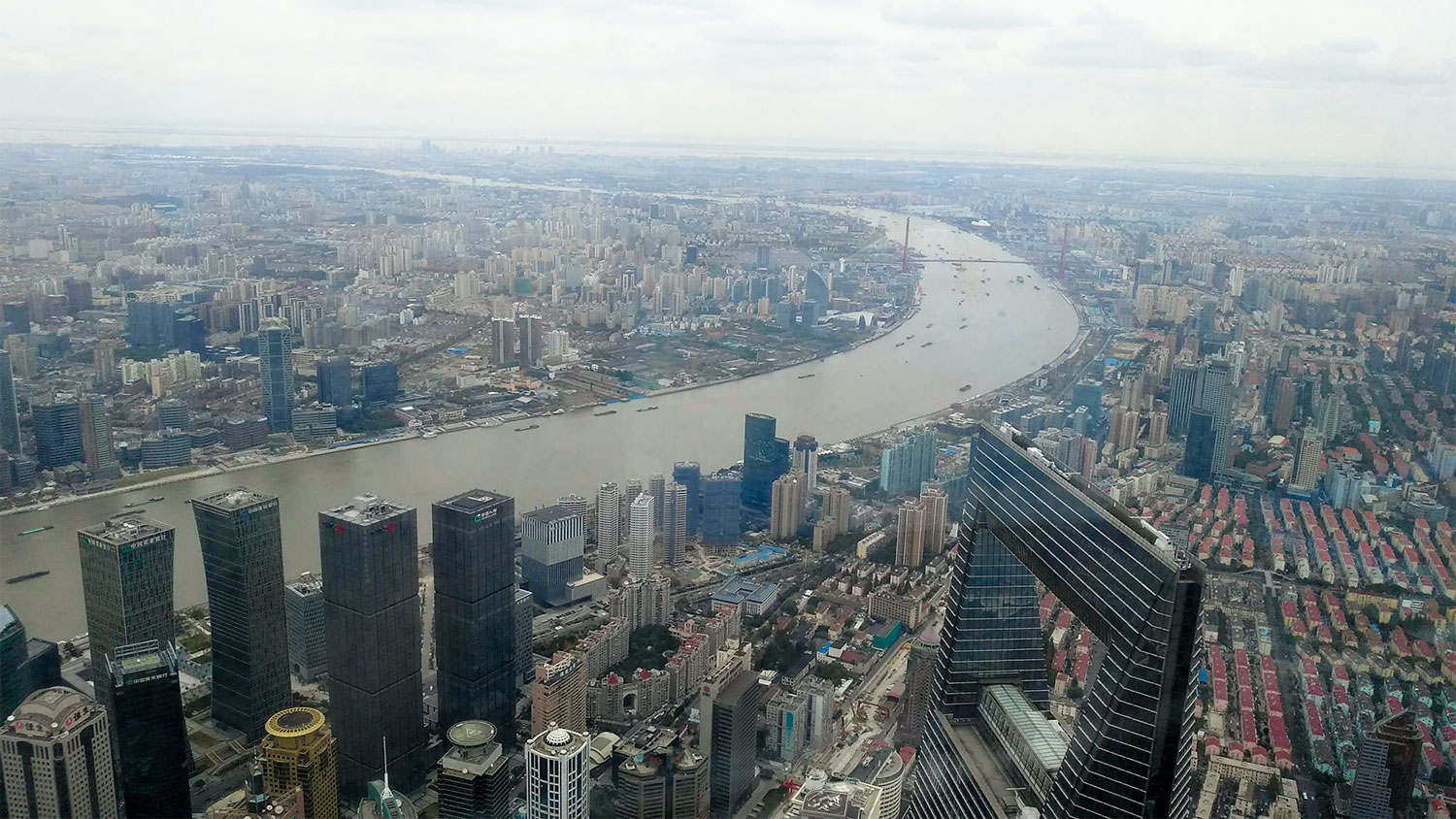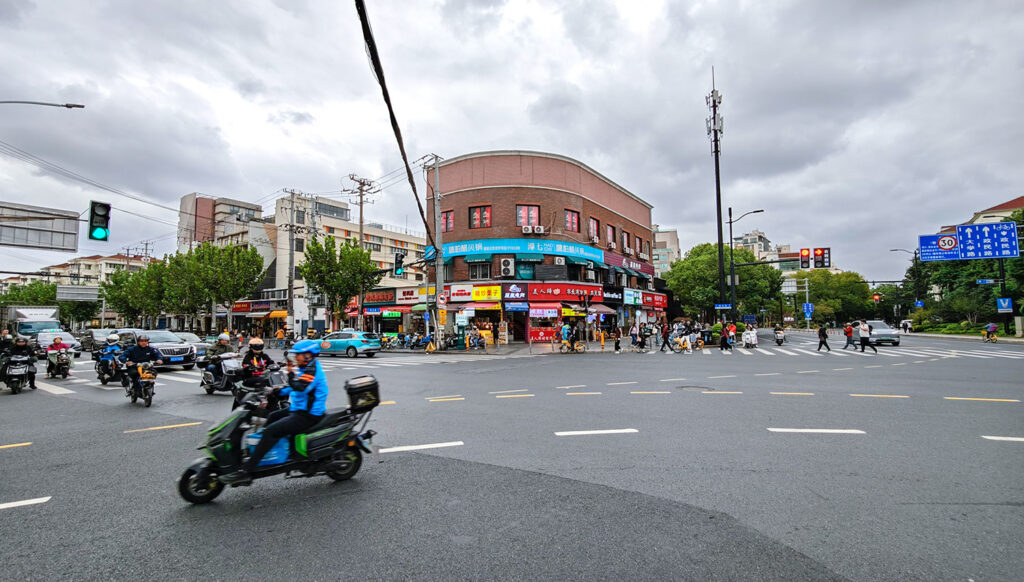This question pops up now and then on Reddit and Twitter, and I’ve no plans to fill this blog with travel advice — listing the top ten restaurants or hotels in Shanghai — but I did start to wonder for myself, what places I’d advise to friends coming over to Shanghai for a visit.
First, travel advice is highly personal. People love to casually throw around travel suggestions without even knowing the other person very well. I also think most typical ‘travel destinations’ are really boring, but this is probably related to the first point. People love to go to Qingdao to drink beer, or they go to Changsha to eat street food. But to me, cities all over the world are all turning in the same line-up of Starbucks, Luckin, and Häagen-Dazs, and it makes for really poor destinations. Even if you decide to leave Shanghai and opt for Suzhou or Wuxi, you’ll not be able to notice the difference because they’re the exact same stores. I do want to go to Qingdao, but it’s to visit the old village of 雄崖村. I want to go to Changsha, but it’s to revisit the locations from Iron & Silk. So yeah, advise is always something very personal.
Suggestions for when traveling to Shanghai
Another point to make is that I do have my favorite places in Shanghai, but that’s something different than travel recommendations. Many of these are pretty far from the city center, such as 1933 Old Millfun, or Jiangwan Stadium — or even further away such as the Seawall in Fengxian district. But these are more locations for if you’ve already lived in Shanghai for more than a year — not if you only have a week to visit and you’re filled with high and urgent expectations.
Another thing to mention is that some locations are 差不多 (more or less the same). You don’t need to go to Fuxing Park (复兴公园), any park along your route will do — so you don’t need to plan it.
With that said:
The Bund & Shanghai Tower
Alright, so it is good to see some sights that are unlike anywhere in the world. You should really see the Bund (外滩), especially if you go there just before sunset, and start the walk from either the north or south — so that when you’re done, the skyscrapers on the other side are all lit up. Make sure you also look west, because that’s where the old buildings from Shanghai are. It’s also great to take a ferry to get a view from the river. If you have the time, go into the Shanghai Tower (上海中心大厦) when it’s clear weather — you’ll see how incredibly big the city of Shanghai is. The first time I saw the city from the 119th floor, I couldn’t believe my eyes and I felt like I was looking at some computer-rendered image.


Tianzifang and the French Concession
It’s nice to walk through the French Concession and look at the trees of Shanghai (especially nice if you know the history). It doesn’t really matter which part you take, although Anfu Lu (安福路) and Changle Lu (长乐路) are nice. Tianzifang (田子坊) is a great destination as it has tiny bars and shops in a block, and nearby the subway. It’s cozy. It’s especially nice to go into one of the restaurants with an upstairs balcony for dinner, and look at the constant stream of tourists beneath.

Aside from that, try to catch one of the historic tours of Historic Shanghai, and maybe take classes at a school such as GoEast Mandarin. Even if you only take 3 hours of classes, you’ll learn some Mandarin words plus you can hang out with the teachers, and ask them for their recommendations. Many tourists travel to a city and never talk to any locals.
After that, get out of the city center
Xinchang (新场) is Shanghai’s best old town. Use the metro to get there, it’ll take an hour and a half, and it’s up to you whether you think it’s worth it or not. You can spend a good two or three hours there, maybe four if you add in a slow lunch. It’s near the Pudong airport, so maybe you can put it as your first or last destination of your trip.

Another option for old villages is up north in Pudong is Gaoqiao (高桥古镇). It’s less touristic than Xinchang (although at neither locations you’ll stumble upon foreigners), but more authentic. The 一尺花园 restaurant there is worth a visit, even if you just take a coffee. There are a lot of open houses or tiny museums in Gaoqiao, so if you see an open door, peak into it (and enter if allowed).

Another fun place is Zhoupu (周浦镇). Expats in Shanghai complain that street food has gone from Shanghai but they only mean the tiny city center with shops and English-speaking staff. In Zhoupu you can have fantastic streetfood, or even if you don’t trust your stomach with that, just enjoy the atmosphere. Like the Bund, best to go just before sunset and experience the streets at day and night.

If you have more than five days, I’d definitely recommend leaving Shanghai. You could go to Zhenjiang by train or visit a city called Jiangshan. Both these cities have left a deep impression on me, plus you won’t need a car (but the taxi drive to Mount Jianglang 江郎山 is almost an hour). Aside from these two cities, I’ve listed multiple hikes here on mountains near Shanghai — although by now I realize I may regret this, as this is starting to look like a travel blog.




